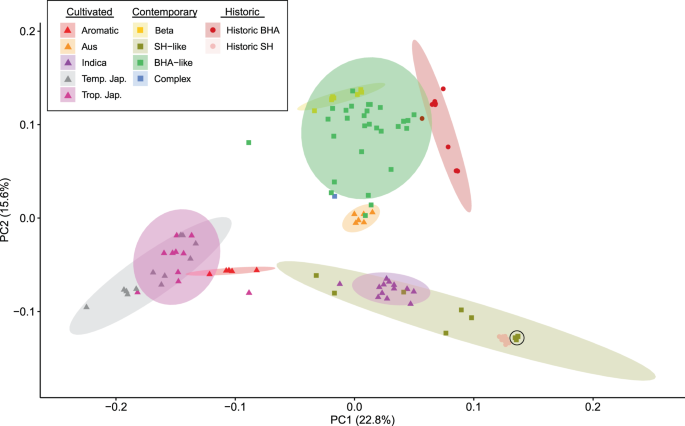国内最大の米生産地で脅威となる、除草剤に耐性を持つ攻撃的な雑草が発生 Aggressive, herbicide-resistant weed is a threat in nation’s largest rice production region
2022-09-08 ワシントン大学セントルイス
生物学者らは、現代の雑草イネ48株の全ゲノム配列を用いて、除草剤耐性が作物イネからの遺伝子流出によって進化したことを明らかにした。農業用雑草における除草剤耐性の他のほとんどすべてのケースは、雑草種における耐性遺伝子型の選択によるものである。米国南部で除草剤耐性イネの栽培が始まってからわずか20年で、除草剤耐性イネの栽培履歴のある圃場の大半で、除草剤耐性を持つ雑草イネが発生していることがわかった。
<関連情報>
- https://source.wustl.edu/2022/09/weedy-rice-has-become-herbicide-resistant-through-rapid-evolution/
- https://www.nature.com/articles/s42003-022-03803-0
21世紀の農業技術に対応した米国産雑草イネのゲノム革命 Genomic revolution of US weedy rice in response to 21st century agricultural technologies
Marshall J. Wedger,Nilda Roma-Burgos & Kenneth M. Olsen
Communications Biology Published:08 September 2022
DOI:https://doi.org/10.1038/s42003-022-03803-0

Abstract
Weedy rice is a close relative of cultivated rice that devastates rice productivity worldwide. In the southern United States, two distinct strains have been historically predominant, but the 21st century introduction of hybrid rice and herbicide resistant rice technologies has dramatically altered the weedy rice selective landscape. Here, we use whole-genome sequences of 48 contemporary weedy rice accessions to investigate the genomic consequences of crop-weed hybridization and selection for herbicide resistance. We find that population dynamics have shifted such that most contemporary weeds are now crop-weed hybrid derivatives, and that their genomes have subsequently evolved to be more like their weedy ancestors. Haplotype analysis reveals extensive adaptive introgression of cultivated alleles at the resistance gene ALS, but also uncovers evidence for convergent molecular evolution in accessions with no signs of hybrid origin. The results of this study suggest a new era of weedy rice evolution in the United States.


